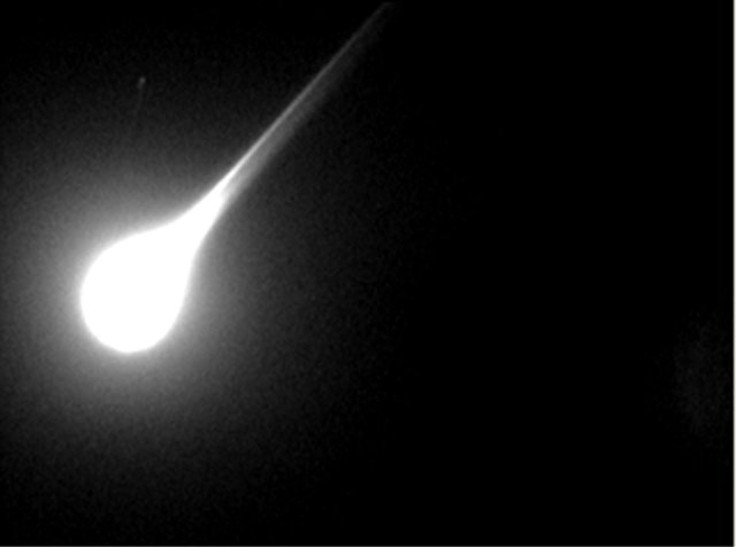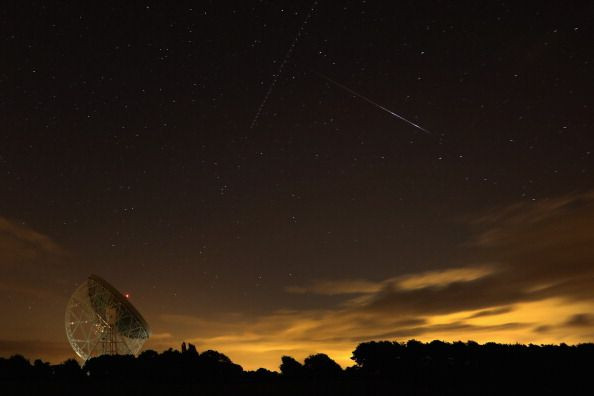Massive Meteorite As Powerful As A Nuclear Bomb Crashed Into Sea In Australia

A huge fireball that hit the southern coast of Australia was a meteorite that was as powerful as a nuclear bomb, NASA has confirmed. The meteorite landed at the Great Australian Bight on Tuesday, May 21, around 10:30 p.m. local time.
NASA’s Centre for Near-Earth Object Studies (CNEOS) believes the meteorite had entered earth’s atmosphere at 11.5km per second, or 25,724mph. It partially broke up and crashed into the waters of the Great Australian Bight bay some 186 miles west-southwest of Mount Gambier. Before hitting the waters, the meteorite released energy equivalent to the detonation of a :small nuclear bomb.
Photos and videos of the fireball went viral on social media after the crash. In 2013, a 65.6 ft wide (20 m) meteor exploded in Russia at Chelyabinsk Oblast, and glass shards from blown out windows injured over 1,000 of people.
Professor Phil Bland from Curtin University stated that the meteor had exploded too high to cause much more severe damage. Bland further said, “It’s in the range of a small nuclear weapon. Because it exploded at an altitude of 31.5 km it didn’t do any damage.”
In one of the video clips, a bright spot of light is seen streaking across the sky, increasing in intensity. The small point of greenish-white light then explodes into a big orange ball of flame when the meteor explodes.

Steve Chesley, an aerospace engineer at NASA, told ABC radio that the size of the meteor could have been that of a small car when it entered the earth’s atmosphere.
“You wouldn’t want it to land on your head," he said. "But these wouldn’t really do any damage on the ground. What the folk there along the coast of South Australia saw was a spectacular light show, probably a very loud sonic boom that would rattle the windows. This wasn’t big enough to break windows I expect, and then just small pebbles falling to the Earth and not at hypersonic velocities, they slow down very quickly.”
© Copyright IBTimes 2024. All rights reserved.





















